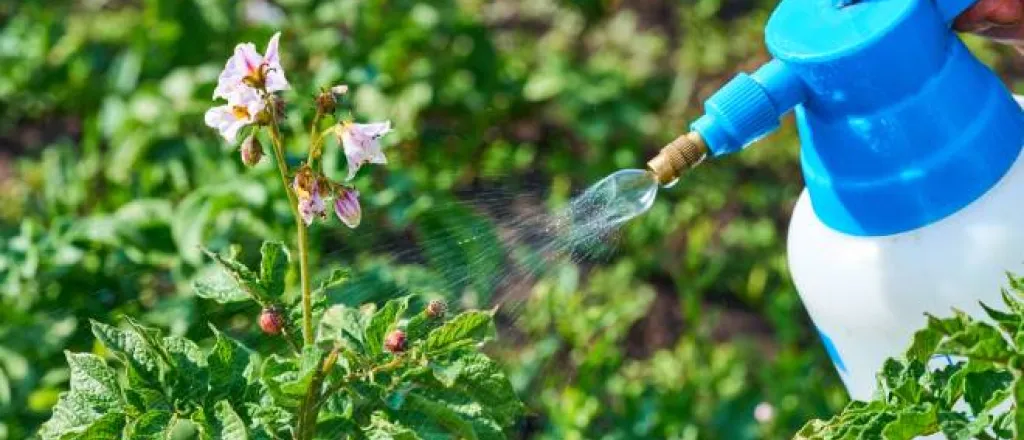
Natural solutions for pest control in agriculture
©
Pest control is a persistent challenge for farmers, and many solutions rely on chemicals, which can harm the environment, damage soil health, and increase costs for growers. Fortunately, natural and less expensive solutions exist. Let’s explore the best natural solutions for pest control in agriculture.
Companion planting for pest management
Planting specific crops together, or companion planting, can keep pests away from fields. Companion planting uses plant pairings where one deters pests from the other. For example, planting marigolds among tomatoes can repel nematodes, while basil or dill can minimize aphid populations near vegetables.
Companion planting also supports healthier soils and attracts beneficial insects, such as pollinators. Overall, this technique protects plants and supports biodiversity in the ecosystem.
Ponds and wildlife integration
Ponds are important for the environment because they act as a natural pest defense while improving biodiversity. Ponds attract frogs and dragonflies that feed on flies, beetles, mosquitoes, and other common crop pests. The water source also attracts birds, which consume the insects.
Beyond pest control, ponds support soil hydration, provide water conservation benefits, and enhance farm ecosystems. So, it’s a win-win for the environment and the farm.
Organic pest control sprays
Organic pest control sprays are natural solutions for pest control in agriculture. Garlic and chili sprays deter rodents and insects, while neem oil targets aphids and mites. Farmers can mix garlic cloves, crushed peppers, and water to create an insect-repelling mixture.
Another recipe involves neem oil diluted with dish soap and water to protect vegetable crops. These sprays work best when farmers apply them directly to affected plants in the early morning. Additionally, rotating between garlic-based and neem oil sprays prevents pests from developing resistance.
Natural barriers and mulching techniques
Physical barriers and mulching control pests while protecting soils. Covering rows with lightweight mesh blocks insects and prevents contamination from airborne diseases. Fences or netted cages offer extra protection for strawberries, peppers, and other delicate crops.
Farmers can also use mulch to create inhospitable environments for pests. Organic mulches such as straw, sawdust, or bark chips deter soil-dwelling pests and encourage beneficial microbes. Mulching also adds nutrients to the soil while reducing weed growth, which may harbor pests.
Crop rotation to interrupt pest cycles
Monocropping areas attract specific pests, which thrive on unchanging food sources. Rotating crops every growing season limits their food supply and reduces infestations.
For instance, alternating corn with legumes prevents rootworms from establishing themselves. However, farmers can create a rotation schedule based on their soil type and seasonal climate conditions.
Trap crops for diversion
Farmers dedicate a portion of their fields to plants pests find irresistible. For example, planting nasturtiums around a vegetable patch can lure aphids and whiteflies away from lettuce or tomatoes.
Similarly, cabbage moths gravitate toward radishes, sparing other leafy greens. Once pests gather on a trap crop, growers can apply targeted pest management strategies so harmful insects don’t migrate back to the main crops.
















